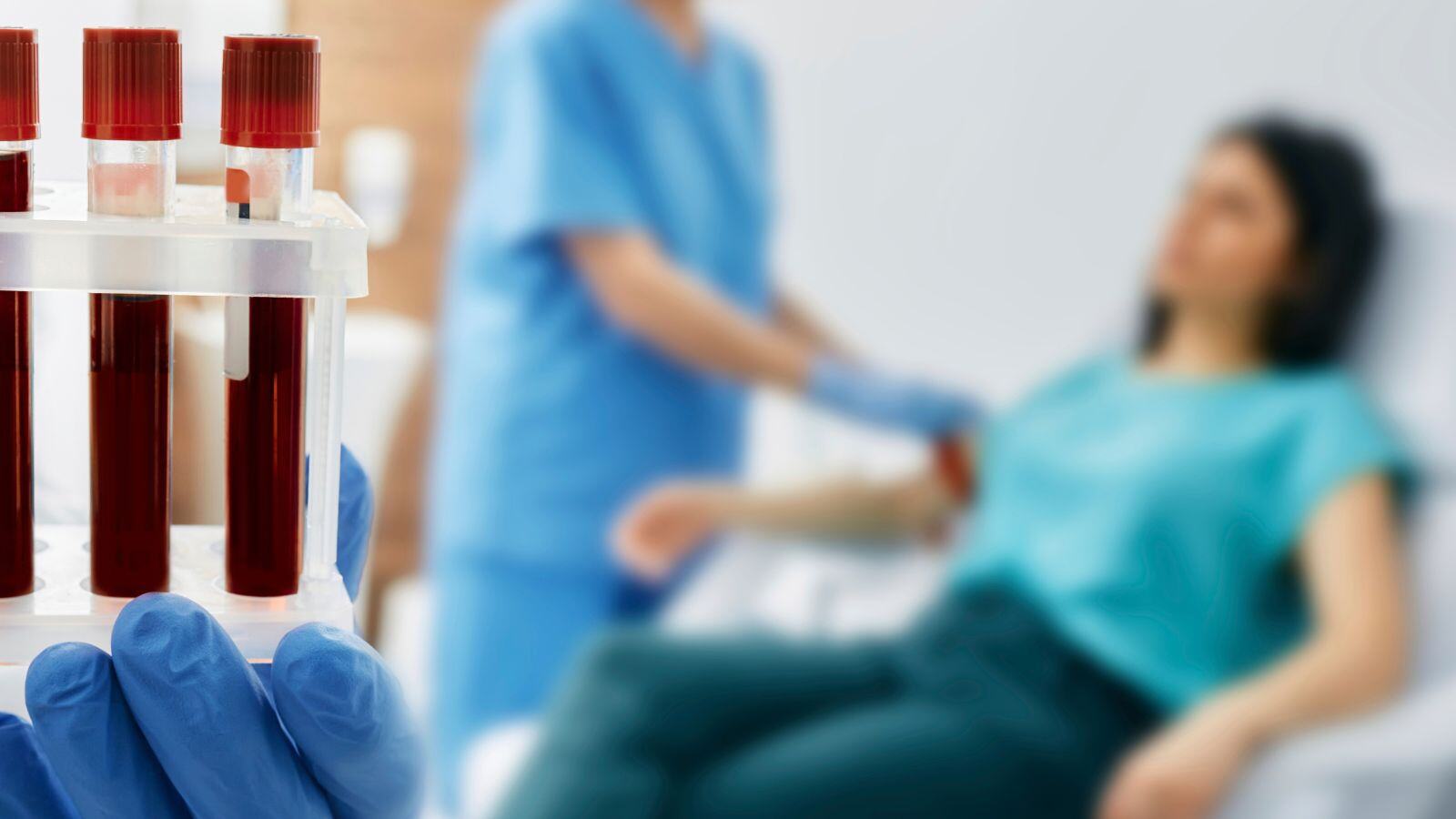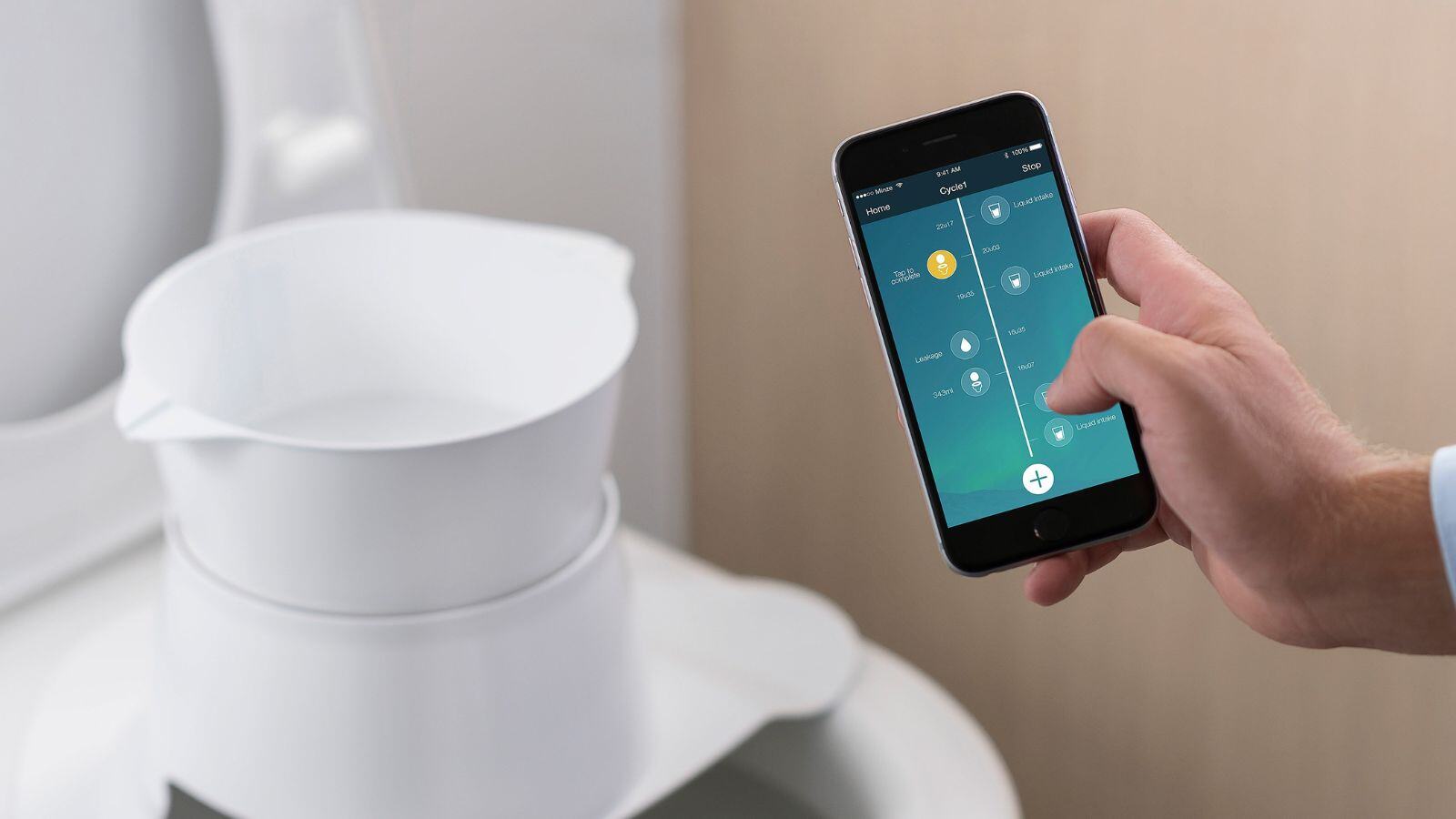Understanding IVDR requirements
To leverage the transitional provisions and ensure compliance with IVDR, manufacturers must have PMS processes in place for all IVDs, including legacy devices, since May 2022. In addition to the PMS processes, the IVDR also requires the inclusion of a process for PMPF, outlined in Annex XIII, to meet regulatory expectations comprehensively.
Key differences to the previous Directive
Compared to the previous Directive (IVD Directive 98/79/EC), the IVDR introduces specific and detailed requirements for PMS as per Articles 78 to 81 and in Annex III. While the Directive primarily focused on post-manufacturing data collection, under the IVDR you not only need to collect and analyze reactive data (complaints, non-conformities, feedback) but also gather information proactively on performance and safety, which is the scope of PMPF.
Another change compared to the directive is that, depending on the classification of the device, PMS documentation will need to be submitted to Notified Bodies (NBs). This is the case for Class C & D devices: the periodic safety update report (PSUR) will require an annual update. This document then needs to be provided to the NB. It is therefore important that these documents are comprehensive and concisely written.
Common Challenges Faced by Manufacturers
IVD manufacturers encounter several challenges in implementing effective PMS and PMPF processes:
- Non-compliance: Misinterpretation of IVDR requirements can lead to non-compliance with PMS and PMPF documentation and processes.
- Ineffective Processes: Some manufacturers may have compliant but inefficient PMS processes, lacking clear objectives and strategic focus.
- Resource Constraints: Senior management may underestimate the resources required for robust PMS and PMPF activities, leading to inadequate planning.
Why Invest in PMS and PMPF?
Despite the time and resource-intensive nature of PMS and PMPF, investing in these processes offers several benefits:
- Regulatory Compliance: PMS and PMPF processes are scrutinized by Notified Bodies during audits and assessments, ensuring regulatory compliance.
- Safety and Performance Optimization: Effective PMS enables manufacturers to identify areas for optimization in manufacturing processes, ensuring device safety and performance.
- Market Competitiveness: Proactive data collection allows manufacturers to stay abreast of evolving clinical practices and device requirements, enhancing competitiveness.
- Strengthening Technical Documentation: Data from PMS serves as robust evidence of device performance in real-world settings, bolstering submissions and ensuring compliance with IVDR standards.
Final Recommendations
Manufacturers are advised to:
- Define clear objectives for PMS and PMPF processes to ensure strategic alignment.
- Identify reliable sources to evaluate objectives effectively.
- Consider outsourcing PMS and PMPF activities to alleviate resource constraints and streamline processes.
In conclusion, prioritizing PMS and PMPF under the IVDR regime is essential for manufacturers to maintain regulatory compliance, optimize device performance, and remain competitive in the IVD market. By investing in robust PMS and PMPF processes, manufacturers can navigate regulatory complexities and ensure the safety and efficacy of their IVD.





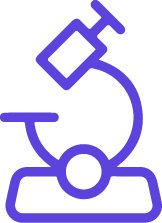







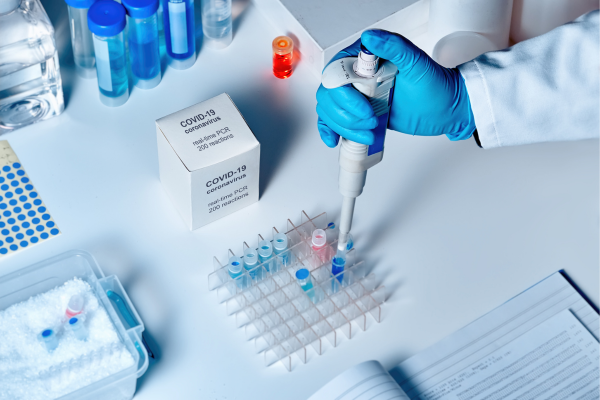

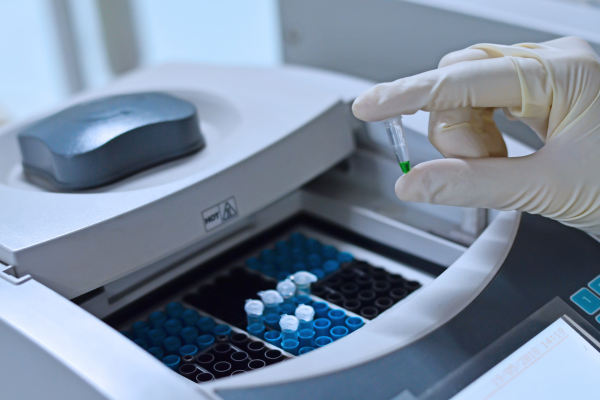



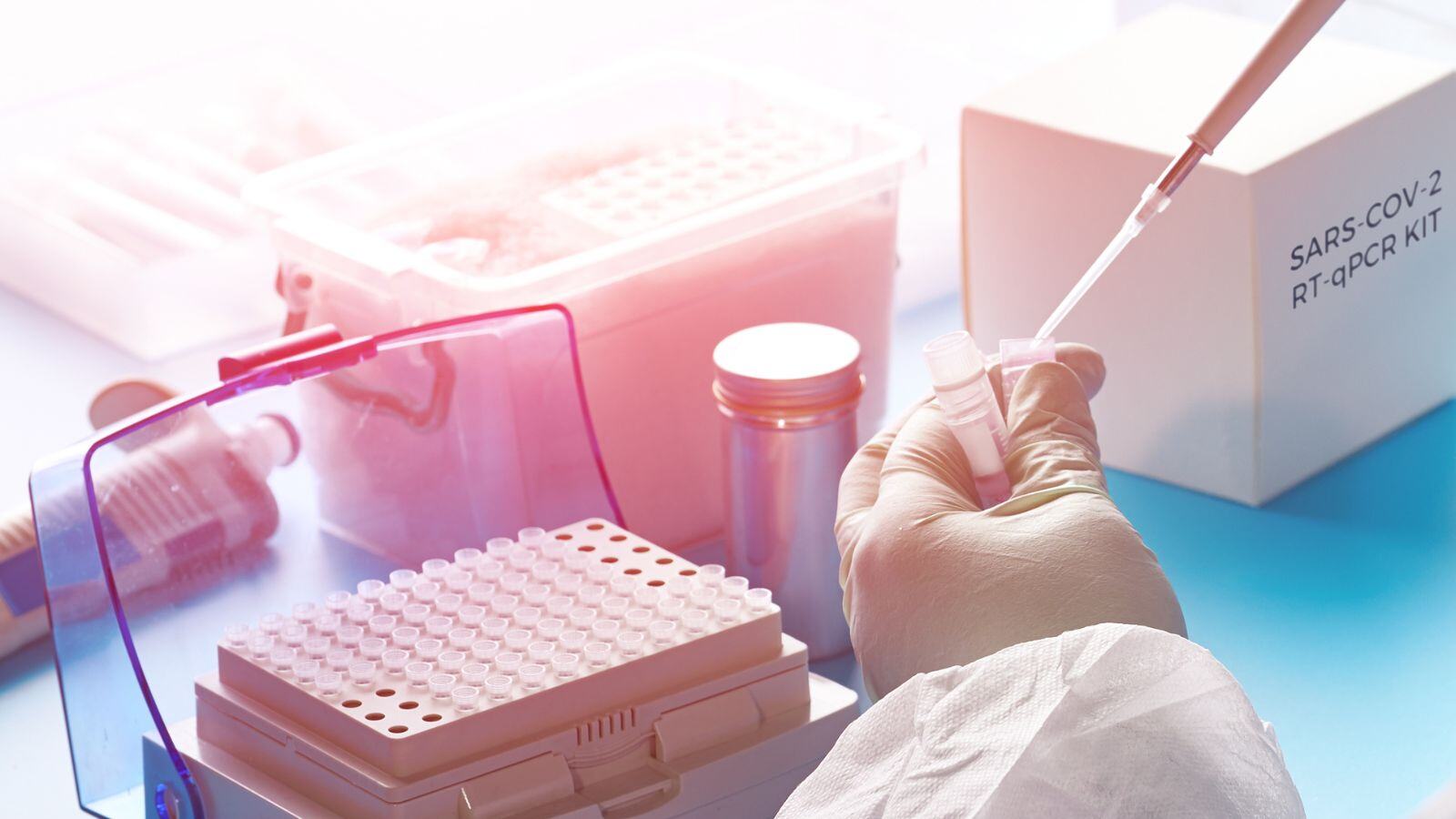


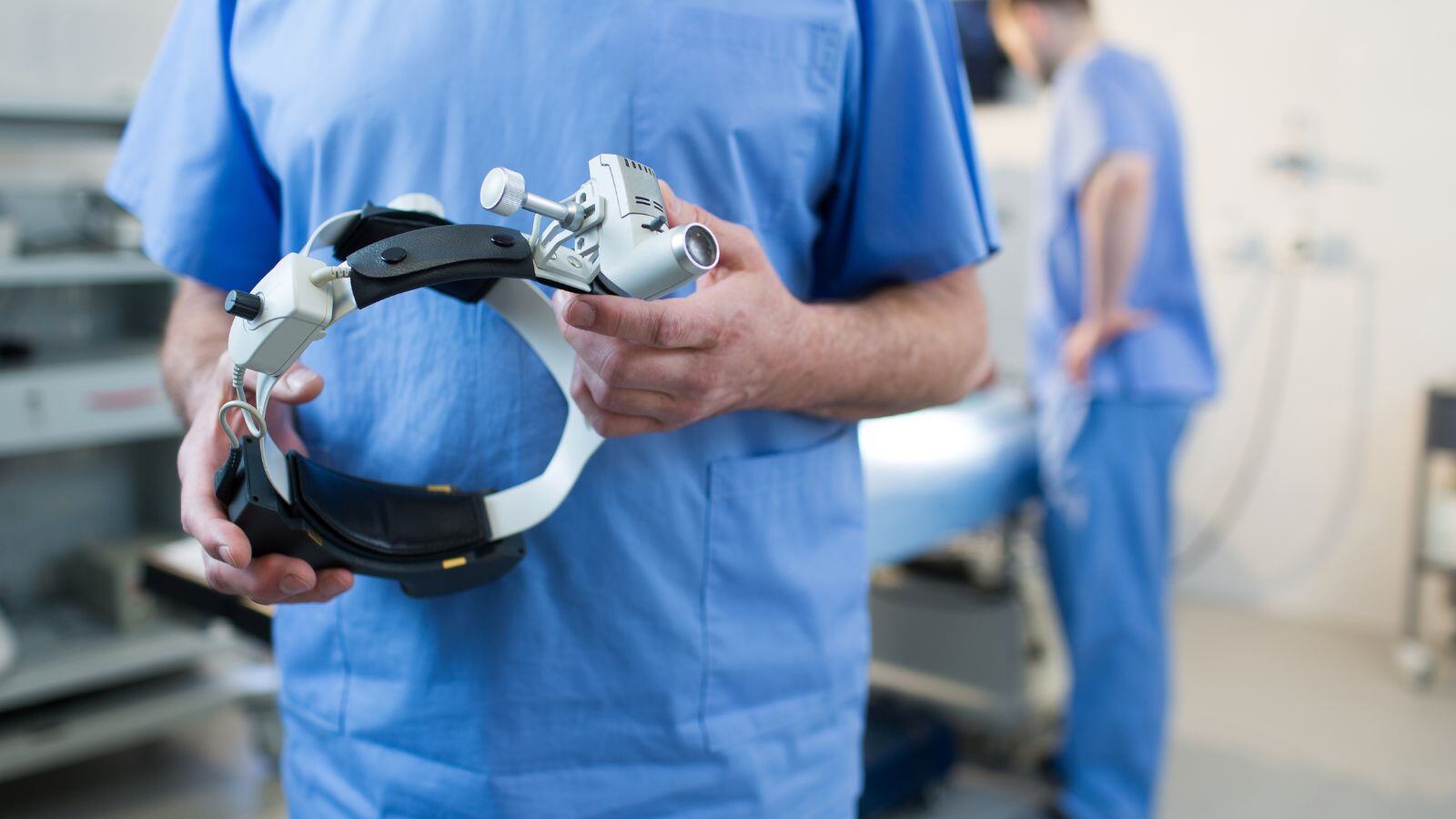
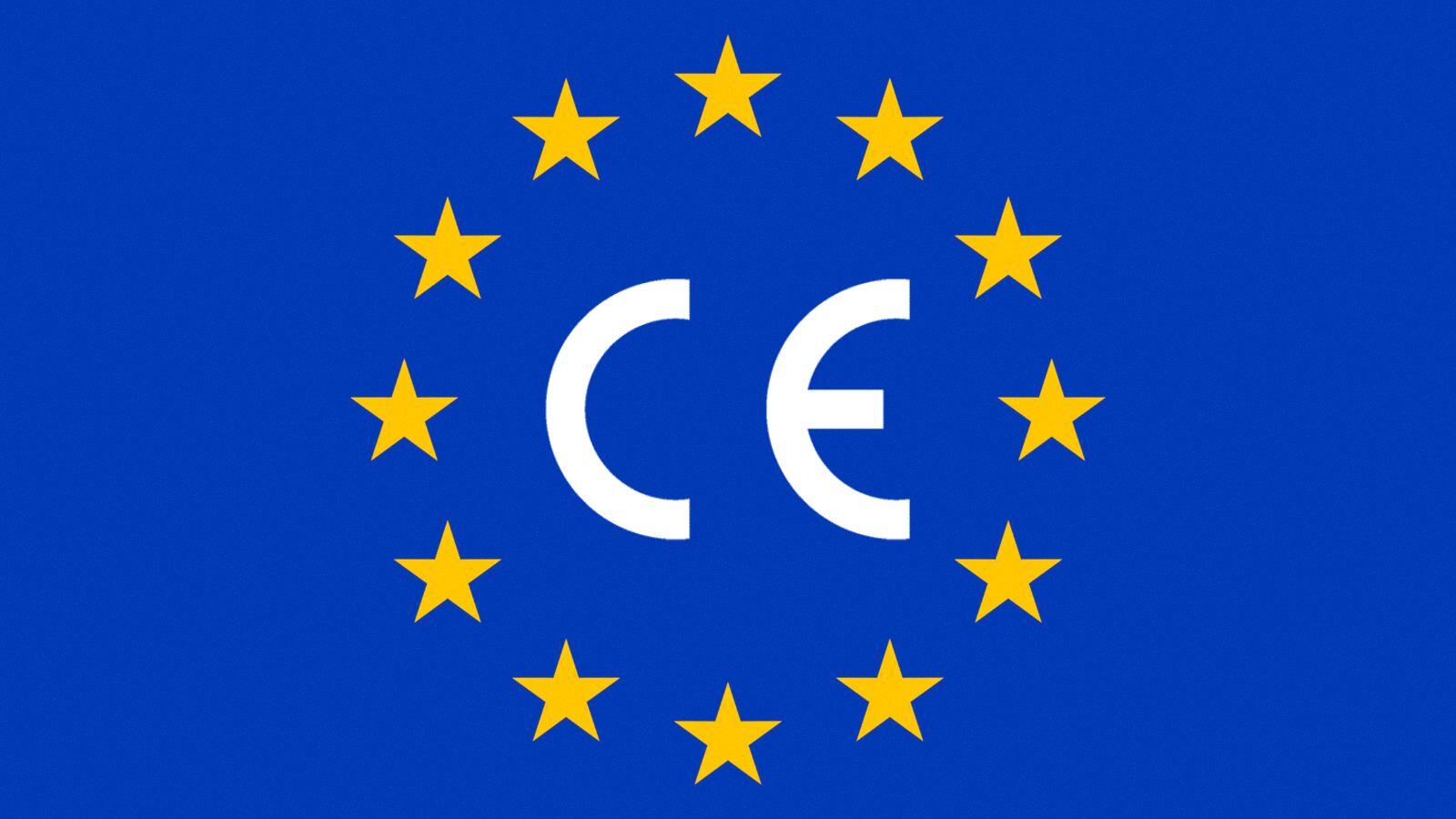
.jpg)

